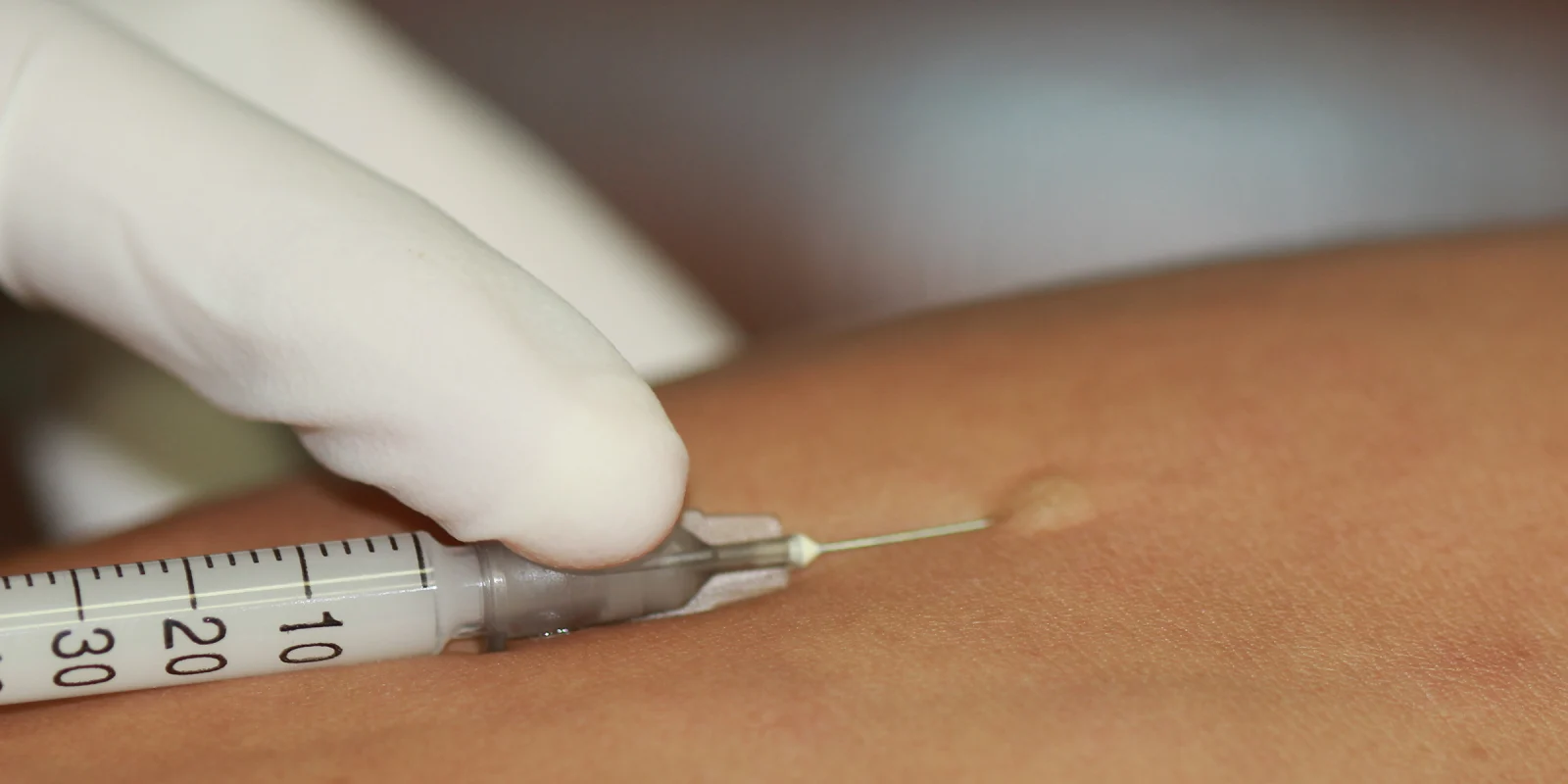Addressing penicillin allergy is now considered a public health issue due to the significant clinical and economic consequences of erroneous labels. Despite a prevalence of 10% in the general population, multiple recent U.S. studies indicate that up to 98% of patients reporting penicillin allergy are not truly allergic and could safely receive penicillin. Improving the accuracy of antibiotic allergy reporting in combination with multidisciplinary delabeling approaches is recommended to reduce the impact of penicillin allergy labels. In the context of the recently launched national antibiotic stewardship initiative, there is even more of an impetus to perform routine penicillin allergy evaluation in order to aggressively delabel penicillin allergy. Current guidelines encourage routine penicillin allergy verification in all comers with this diagnosis.
A traditional penicillin allergy evaluation consists of penicillin skin testing followed by a confirmatory oral amoxicillin challenge. Penicillin skin testing may often be prohibited in some situations by time, personnel, and resource constraints. Skin tests are typically under the purview of allergists alone, and given the estimated 20 million individuals in the U. S. who harbor penicillin allergy labels, addressing all of these would be a formidable task for the roughly 5,000 board-certified allergists in the country. Thus, it becomes important for non-allergists to participate in penicillin allergy delabeling.
The question of whether or not to perform antecedent penicillin skin testing prior to direct oral amoxicillin challenge was addressed in a pro-con debate at the American Academy of Allergy, Asthma, and Immunology meeting last week gave the accumulating body of literature that supports the safety and efficacy of this approach in low-risk patients. I personally choose to forego penicillin skin testing during qualifying encounters due to the inherent limitations of this procedure. Our institutional drug allergy pathway has also implemented direct amoxicillin challenge in low-risk patients without any safety concerns. One caveat to the traditional model of evaluation is that penicillin skin testing is only useful in the setting of immediate onset, IgE-mediated allergy, and offers no predictive value for delayed, non-IgE mediated reactions. However, the latter accounts for the majority of penicillin-allergic reactions. Emerging data also suggests that a positive penicillin skin test does not necessarily translate into a positive challenge reaction. Positive penicillin skin tests may be transient and can spontaneously convert within a matter of months. There has also been concern regarding the need for the minor determinant mixture and amoxicillin as skin test reagents, neither of which are commercially available in the U.S.
On the other hand, several single-center reports have been published in recent years that support direct amoxicillin challenge in the absence of preliminary skin testing. It comes down like a lot of everything else these days to personalized medicine. With careful selection, the vast majority of direct penicillin challenges in the literature have been negative. Less than one in 20 persons develop an acute reaction to direct drug challenge based on these studies. Further, several reactors in these studies developed subjective adverse reactions that were not thought to be truly anaphylactic. The biggest challenge in the widespread adoption of a direct challenge to penicillin has been the lack of a standardized definition of low-risk patients. Most recently, based on the validation of an optimal low-risk protocol for use in the allergy clinic in a multicenter Australian study, Brittany Stevenson et al. published a risk-stratified strategy for penicillin allergy de-labeling in the setting of non-allergist outpatient clinics. They sought to establish an accepted definition for low-risk patients for whom direct challenge would be acceptable. Specifically, their criteria for low-risk specify benign cutaneous or systemic symptoms more than one year ago. This algorithm can be modified to be even more risk-averse, and this may facilitate more widespread implementation. We anticipate that this simple risk-based strategy will provide a more efficient provision to delabel penicillin allergies and translate into a meaningful public health intervention in the future.
Image by enuengneng / Shutterstock







